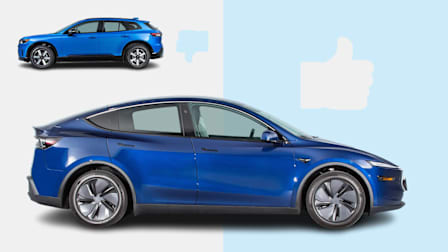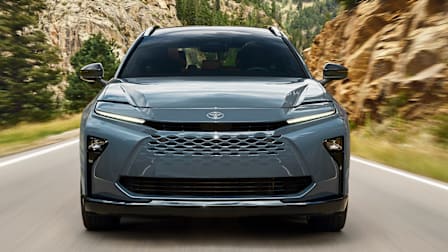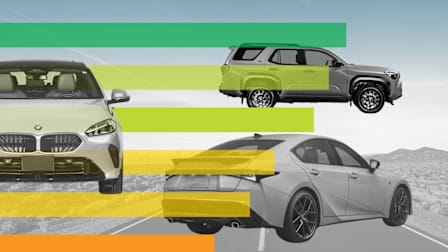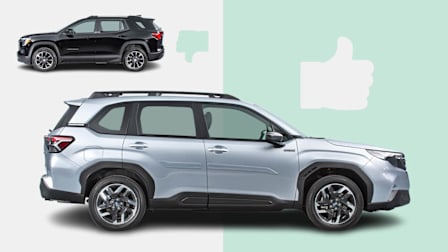How a Vehicle Redesign Can Drag Down Car Reliability
CR's survey data shows a big difference in reliability from a model's first year to its last
Owners tend to have the best experience with the car, minivan, SUV, or truck they bought when it was close to the end of the model’s production run, according to CR’s latest surveys.
Those who opted for the first- or even second-year redesigned versions were likely to have to deal with more problems. Below, to illustrate the point, we highlight six 2018 models that earned average or better reliability scores in last year’s survey, then after a 2019 redesign, suffered a drop to average or below-average reliability.
Find out why it pays to wait if you’re looking to get the most reliable new car.
What Does ‘Redesigned’ Actually Mean?
Despite terminology used in ads from manufacturers, any given car, minivan, SUV, or truck isn’t “all-new” every year. In fact, sometimes it isn’t any different from the year before. However, during a model’s five- to seven-year life, before it’s updated entirely, there may be changes. The terms below explain the different types of changes.
Freshening: This refers to minor updates that can occur in the middle of an existing model’s production run, often done to drive up consumer interest. Sometimes this means styling tweaks—such as a new grille or headlight design, or new paint color and interior color combinations. In other cases, the model might get an updated engine or transmission and/or an updated infotainment system. These keep the model competitive but avoid the huge costs of a full redesign. For example, the Audi Q7’s freshening for the 2020 model year incorporates a new infotainment system, engine, and styling details.

















